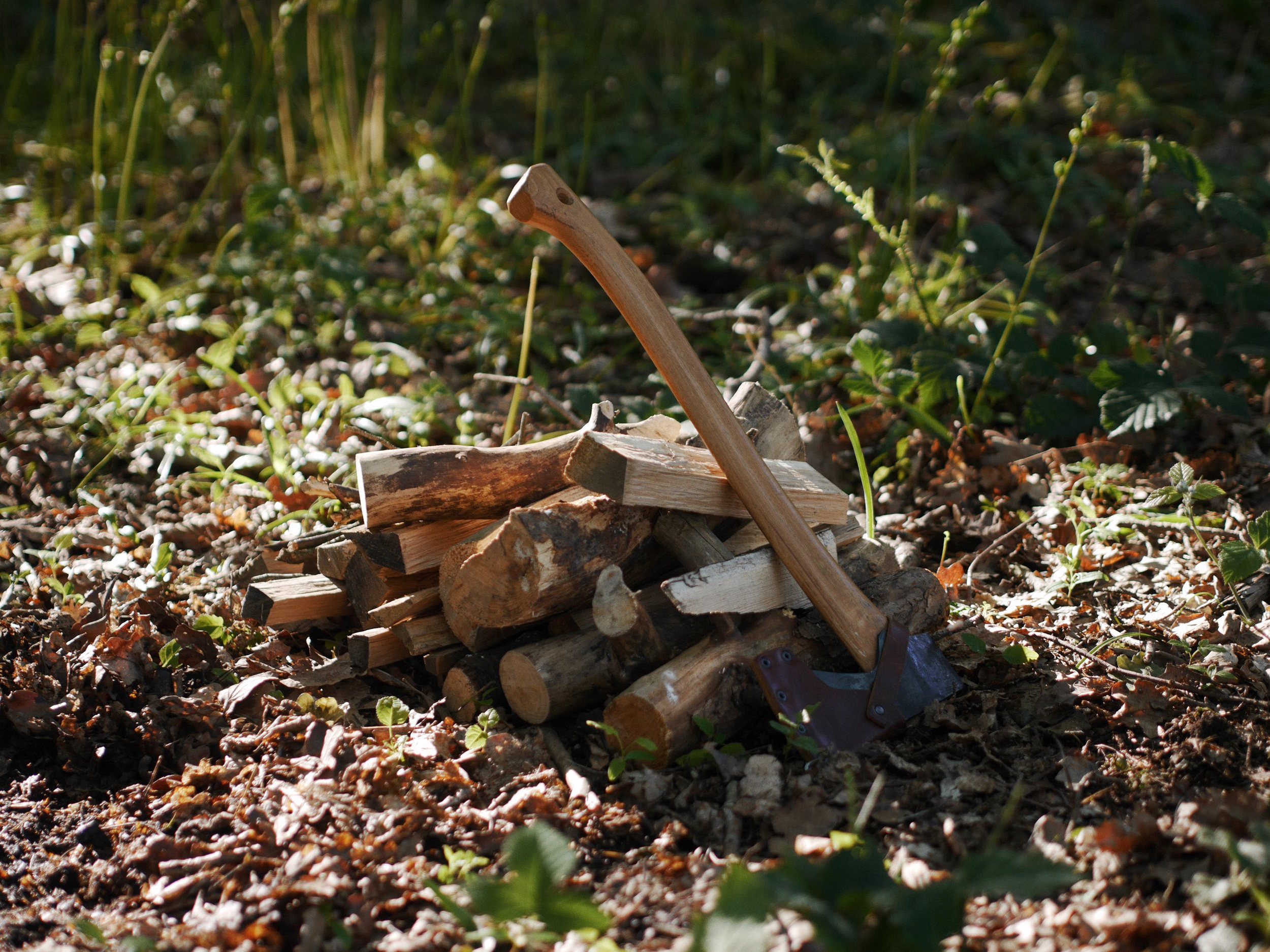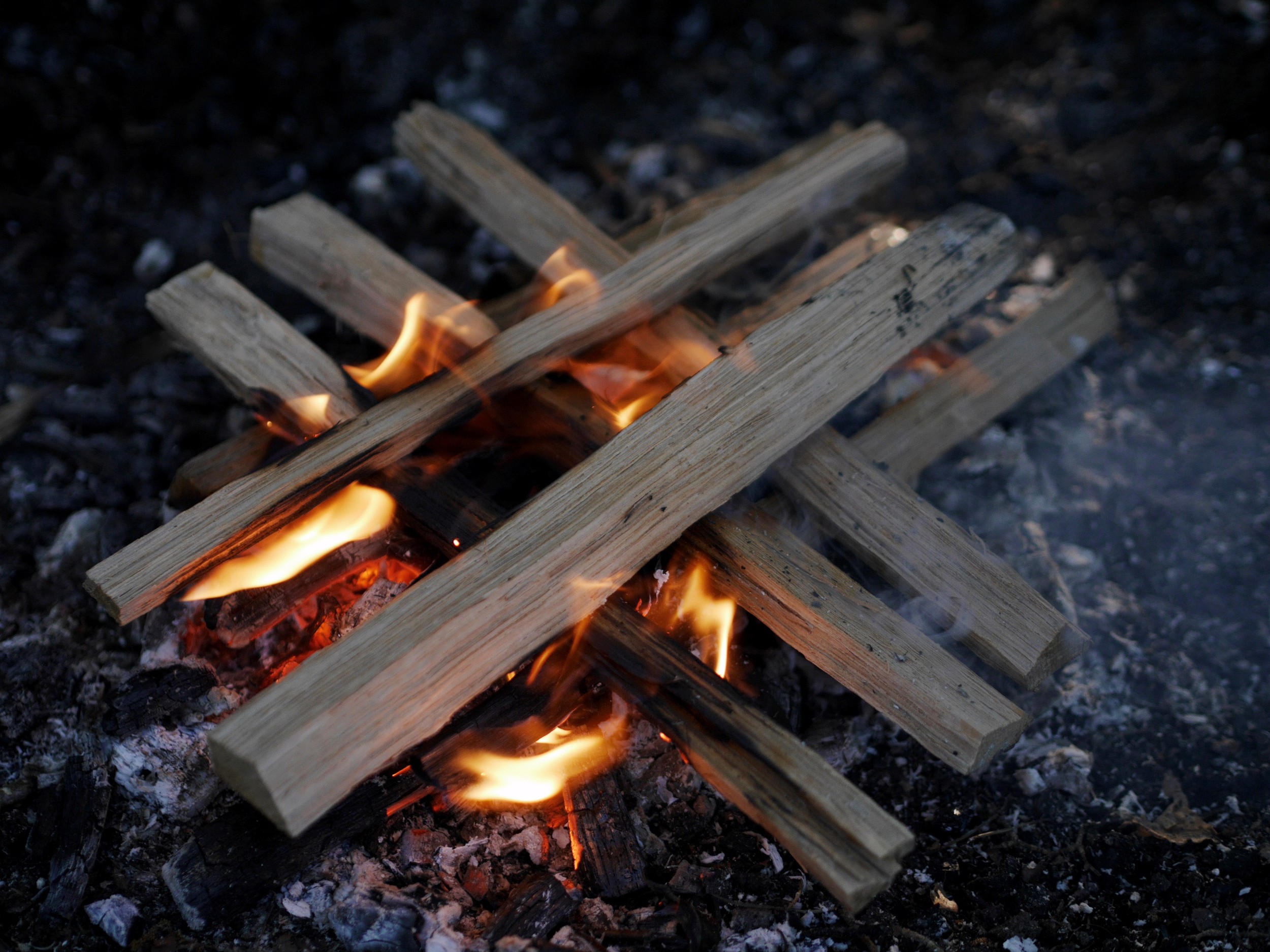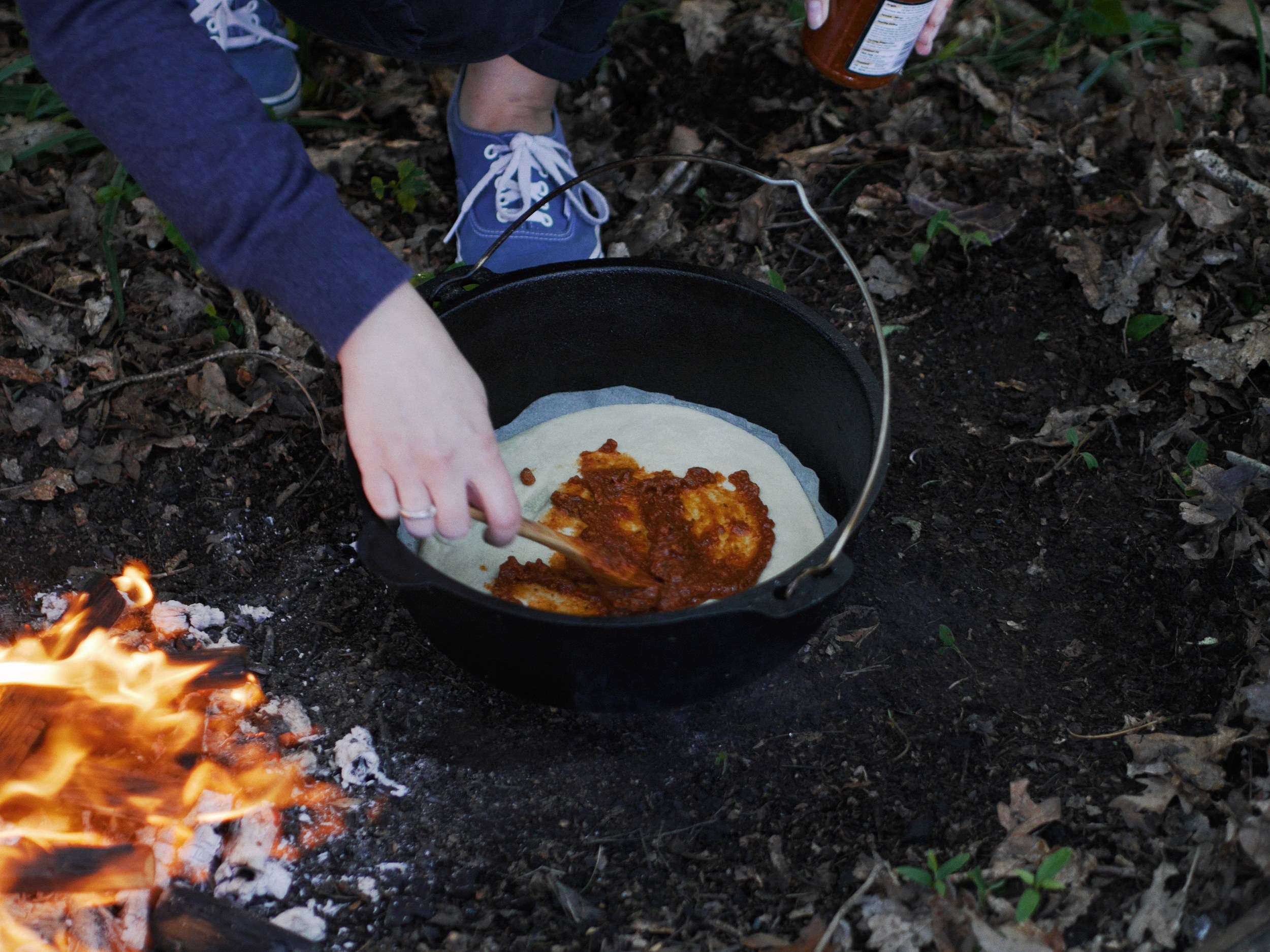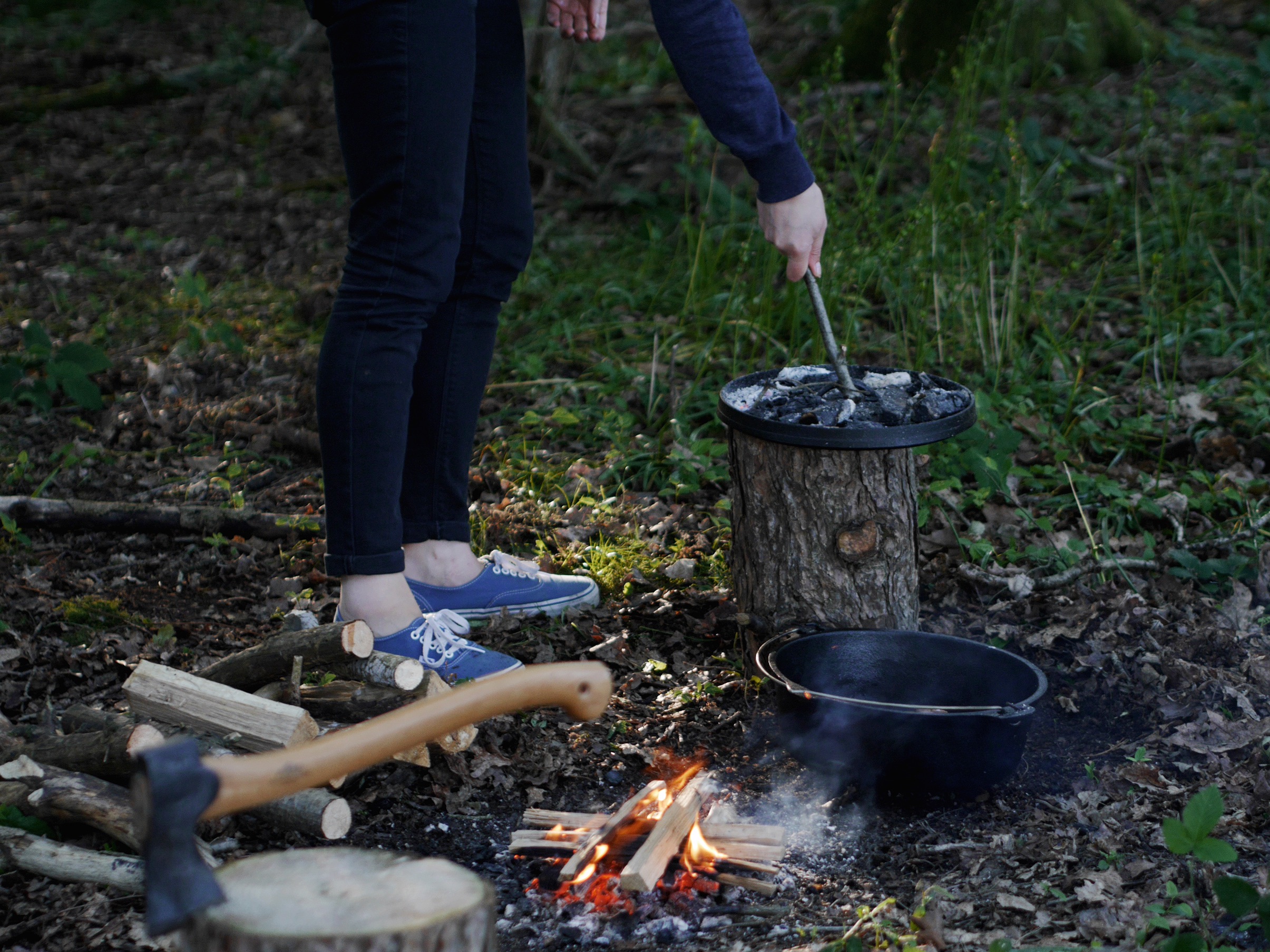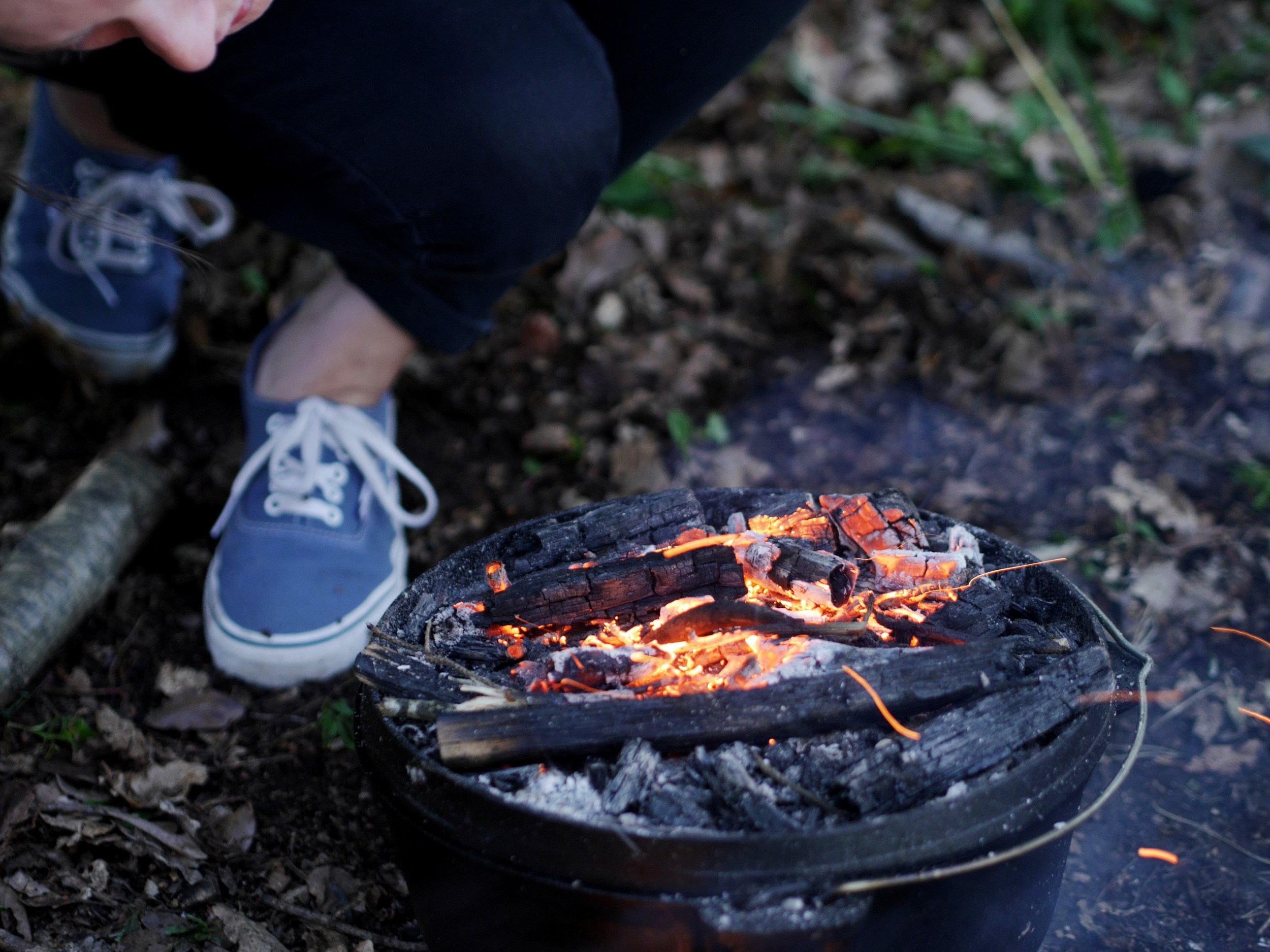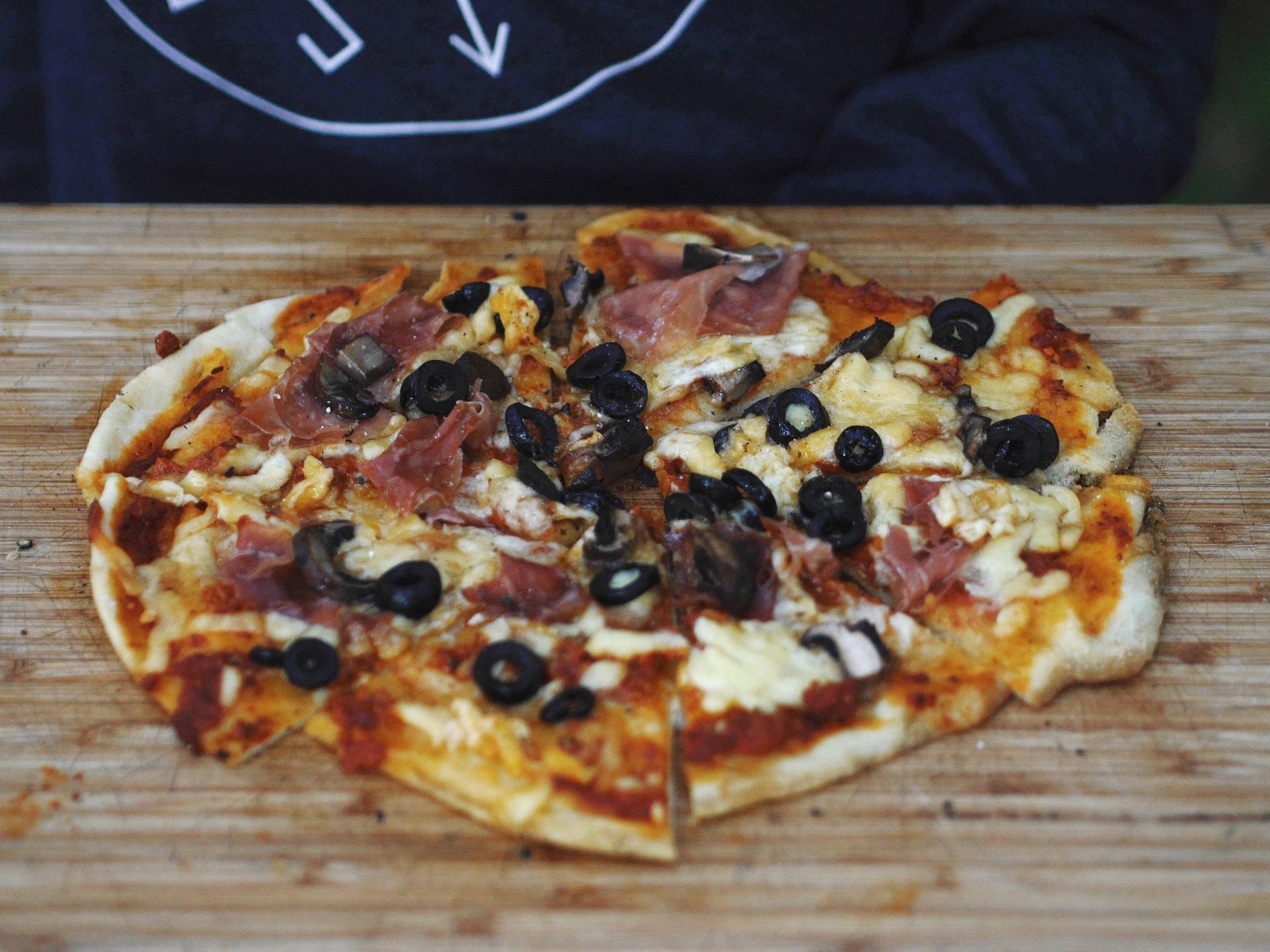Using time-honoured techniques adopted by cultures around the world, Jake and Amie of Jake's Cured Meats are your guides to making the perfect hiking snack.
You’ve been tracking your prey for hours, then finally you get the shot. You lock it in your sights, take a couple of deep breaths, squeeze the trigger: crack! The animal drops, silence. A moment of reflection, respect for the beast. You remove the entrails, leave for the birds. The inescapable symbiosis of life and death. The march back home begins; the glow of embers awaits you. Skin, butcher, roast, eat. Hunger satisfied, you deal with the remaining meat; rub it with salt and hang it in the fireplace. The smoke flows around the meat, transforming it into a perfectly preserved meaty jewel.
Before refrigeration, food preservation was key to survival. This was often achieved by drying, which allowed a single kill to last for months, providing a powerful protein punch. From the ancient Egyptians to the Native Americans, many cultures developed their own methods for drying meat. This allowed pioneers and adventurers to push ever deeper into uncharted territory. When Captain Scott set off for the South Pole he took with him pemmican – a mixture of dried meat, fat and berries.
Curing meat is still something of a black art. The complex flavour changes that take place during the curing process is still not fully understood. Good hygiene is essential and always buy the best quality meat you can. This recipe is for venison jerky but you can use any kind of lean meat; beef, lamb or turkey, for example.
Ingredients
500g venison haunch
4 tbsp soy sauce
4 tbsp Worcester sauce
2 tbsp honey
4 tsp smoked paprika
2 tsp chilli flakes
2 tsp sea salt
1/2 orange zest and juice
Method
1. Pop the venison in the freezer for 45 mins to 1 hour. You don’t want to freeze it, just to firm it up slightly.
2. With a sharp knife slice the venison into thin strips.
3. Whisk together the remaining ingredients in a bowl, then add the venison strips. Cover and leave overnight to marinade in the fridge.
4. Once the meat has finished marinating, preheat the oven to 80C.
5. Lay the meat on a baking rack or something that will allow the air to circulate around the meat.
6. Bake for 3-4 hours or until the meat becomes dry and chewy, then remove from the oven and allow to cool.
7. Pack into an airtight container and store in a dry, cool place ready for your next adventure.








